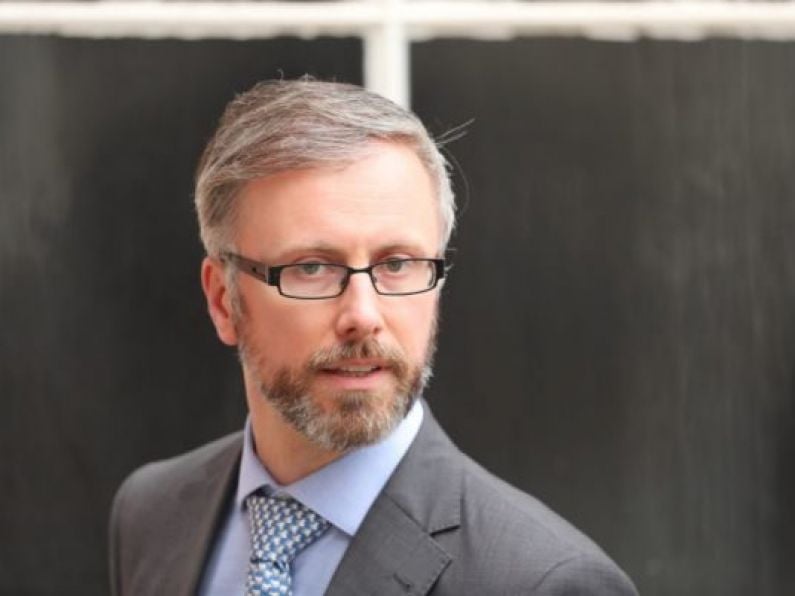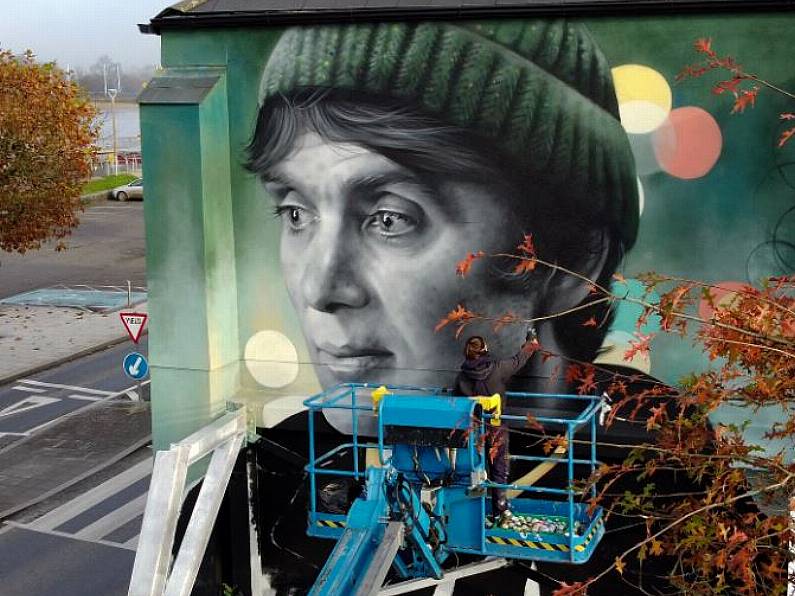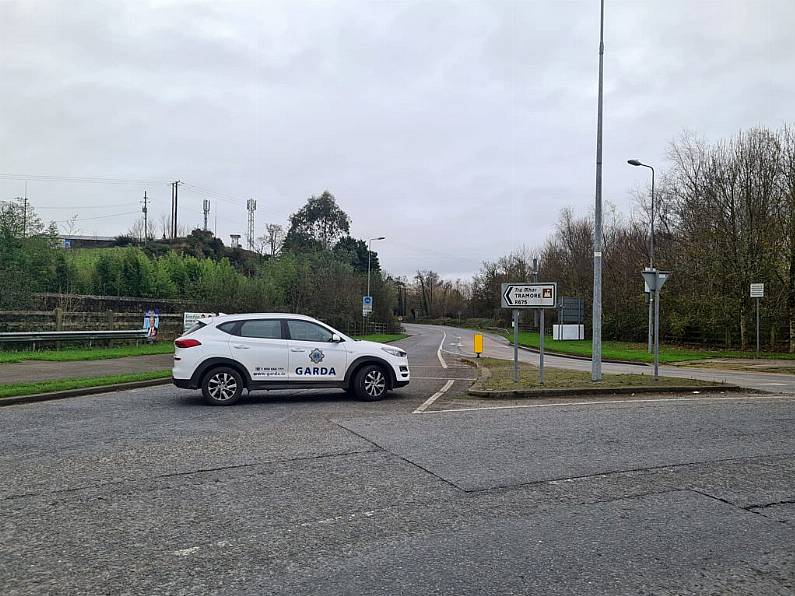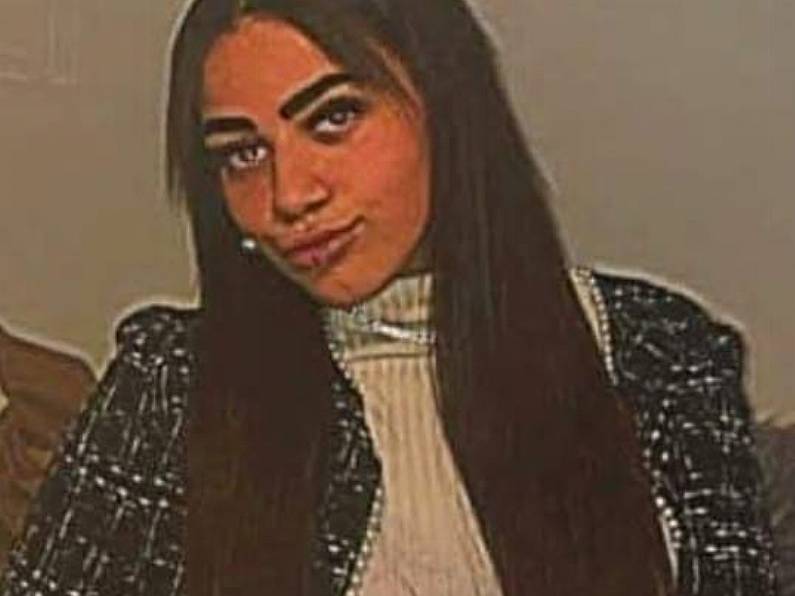The Commission of Investigation into Mother and Baby Homes is expected to submit its final report to the Government on Friday after five years of work.
The report, which stretches to 4,000 pages, is due to be delivered to Children’s Minister Roderic O’Gorman.
It will be published after it is reviewed by the Attorney General.
The Taoiseach has said he intends to publish the document, which includes testimonies of women who lived and worked in the mother and baby homes between the 1920s and 1990s, as soon as possible.
The move came after public outcry from survivors, campaigners, opposition parties and the general public this week over the passing of controversial legislation that would allow a database created by the Mother and Baby Homes Commission to be sent to child and family agency Tusla.
The Government is said to have been taken aback by the strength of feeling on the issue and, at a lengthy Cabinet meeting on Wednesday, it decided to address the concerns.
Measures announced on Wednesday included ensuring survivors could access their records – one of the key concerns about the Bill.
The Government had previously argued that, under the Commission of Investigation Act 2004, the records must be sealed for 30 years.
The Data Protection Commissioner had disputed this, saying there could not be a “blanket” ban on access to records. It said this permission should instead be determined by the EU’s General Data Protection Regulation (GDPR).
On Thursday, the Taoiseach said the Government had “no agenda to bury anything” related to the mother and baby homes.
Instead Micheal Martin said he wants “openness, transparency and honesty” and to “shed a light” on the abuse.
Mr Martin insisted the records would have been destroyed if the legislation had not been passed before the end of October.
The Cork South-Central TD also said the Government plans to create a centre where all the material related to inquiries into the “dark chapters” of Ireland’s past can be housed.
The Commission of Investigation into the Mother and Baby Homes was set up to gather information from anyone who was resident in or who worked in 14 mother and baby homes and four county homes across the country.
It was also tasked with investigating and reporting on the burial arrangements of children and mothers who died while living at the institutions.






